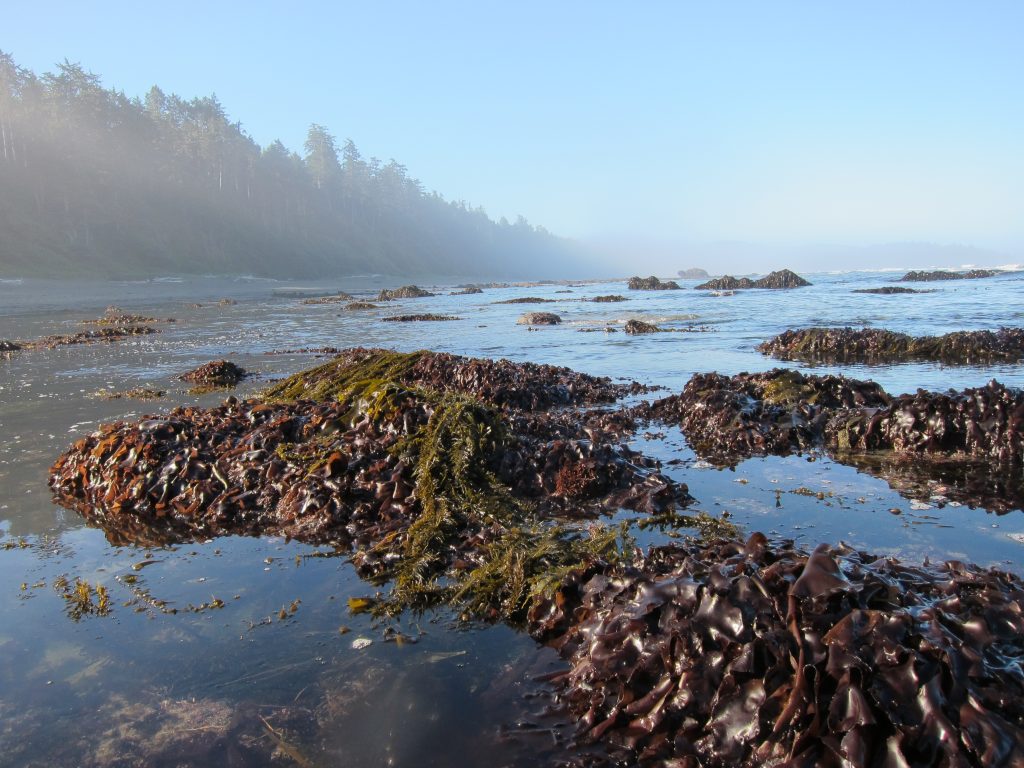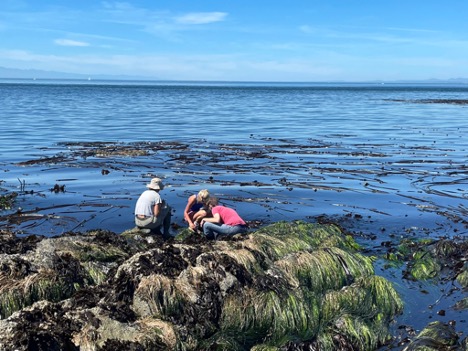FHL 446 | Summer A 2023
Marine Botany: Diversity and Ecology 2023
Students will learn classical and contemporary methods for the identification, classification, and phylogenetic analysis of algae; the theories underlying the methods used; and the application of biodiversity information in benthic ecology, species diversity, and biogeography. Students will gain practical experience using tools such as specimen collection, preservation, DNA barcoding, and databasing, microscopy, DNA isolation and sequencing, and computational approaches to phylogeny reconstruction. Fieldwork will be extensive, as the diverse and species-rich intertidal and subtidal habitats around San Juan Island provide ideal sites for the examination of macroalgal diversity.
We will emphasize the use of combined approaches to identify marine algae. Individual student research projects will use morphological, ecological and molecular data to prepare detailed studies of local species that will be included in the Barcode of Life Database systems project (http://www.boldsystems.org . Students will also participate in group research projects addressing biodiversity, ecological, and taxonomic questions using the local marine flora. At the end of the course, students should be able to use several of the tools now available to identify and classify algae and to critically assess the value of these tools in studies of marine biodiversity and ecology anywhere in the world.
This is a course appropriate for advanced undergraduate and graduate students, as well as professional marine biologists, botanists, geneticists, and oceanographers with interests in marine biodiversity, conservation biology, and coastal ecology.
Funding to attend the course may be available from the Phycological Society of America’s Croasdale Fellowship and the British Phycological Society.


